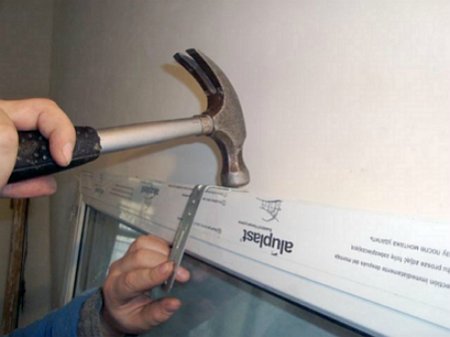None of the construction work or installation can not do without reliable fasteners. Thanks to all these dowels, screws and anchors, installation becomes available. What is a wall mount?
Content
Wall fasteners are reliable
Reliable wall fasteners are not just dowels, anchors, bolts and nuts. It, first of all, high level of qualitative standardized production, and also its durability. We will not hide that building structures will not become an excellent structure if the requirements for fasteners are not met. Therefore, when purchasing fasteners, you should pay close attention to the availability of a product quality certificate. If there is no such certificate, then the fasteners will not have the full reliability requirements in operation. How pathetic it sounds, but cable fasteners, collapsible fasteners, anchors, rivets and many other elements help us build and create!
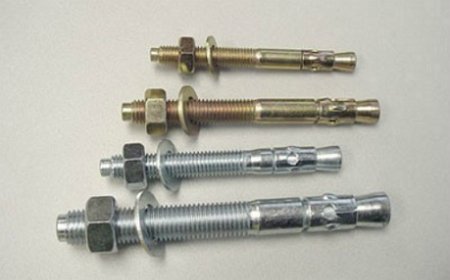
Basic functions and working principles of fasteners
Any fastening element fixed in the supporting base and retaining the structure fulfills its functions due to three basic principles:
• friction and the presence of a bursting force
• Compensation of loads by focusing
• hardening (load compensation by internal shearing stress).
Therefore, all kinds of fasteners are held mechanically in the base material according to the availability of these principles.
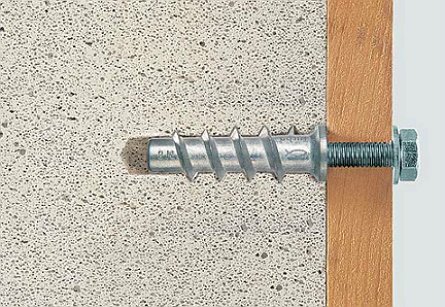
The most famous elements of fasteners
Anchor
Acquaintance with fastening elements it is possible to begin safely with the favorite of all builders - an anchor. Traditional types of anchor are:
• metal frame
• Wedge
• driven
• chemical (glue)
• mortgage
• spacer with clamping sleeve or ring
• Molly anchor bolt and screw
• with hook head
• for through-hole mounting
• for hollow structures.

This list can be continued, because the types of anchor are replenished with new fasteners.
The most popular is a wedge anchor or an anchor bolt. Mounting of the anchor bolt is carried out in a pre-prepared technological hole. Anchor bolt firmly inserted into this hole, tightly clogged and tightened with a wrench.
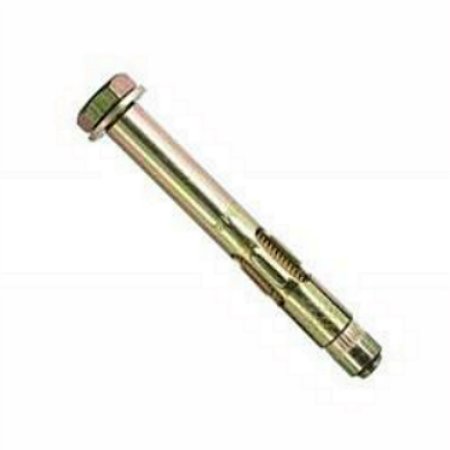
This type of anchor has an internal thread. When screwing into the surface there is an expansion and a strong fixation in the socket. Anchor bolt is considered an ideal mounting option for concrete, brick and stone foundations.
Examples of installation and installation of different types of anchors are shown in this video.
Dowel nail
The dowel nails (dowel with impact screw) are an element of a fastener with a special rod (cuff, cork) and a sharp end. Structurally, the dowel is equipped with a restrictive cuff designed to fix the nail into the drilled hole. The cuff can be of the following shape: round, hidden or cylindrical.
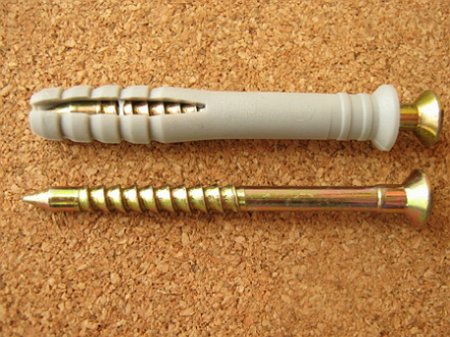
Dowels and plugs are designed for fastening in dense structural full-bodied materials - concrete, brick and stone. Polypropylene cork has paired anchor hooks located in the middle part of the body of the nail dowel. The nail has a screw notch and a cone-shaped head with a standard Ph2 slot.
Dowel-nails are made of steel grade 70 class B, VD, VC and have a zinc coating. The diameter of the rod and the length can be 3.7 x 30 to 4.5 x 80.
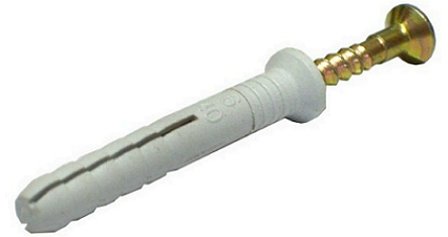
By the method of installation, there are two known types of dowel-nails:
• for direct clogging in the base (a hammer is used)
• for clogging with a gun.
The installation of dowels in the concrete wall is shown in the video.
Features of fastening of window frames
Especially demanded fasteners when installing or installing plastic windows and doorways.
Fastening elements for doorways and window frames of metal-plastic windows can be:
• plastic dowels or reinforced metal sleeve
• Anchor plates and bolts
• Mounting screws.
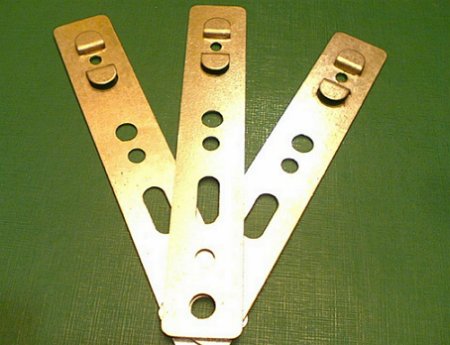
In this case, any frame fastener provides:
• mechanical fixation of the window from PVC in the opening
• uniform transfer of all arising forces in the frame to wall enclosure structures
• uniform distribution of the total load from a massive window along the perimeter of the butt
• the conflict-free possibility of changes and deformations in the shape and size of the window, avoiding the occurrence of strain stresses.
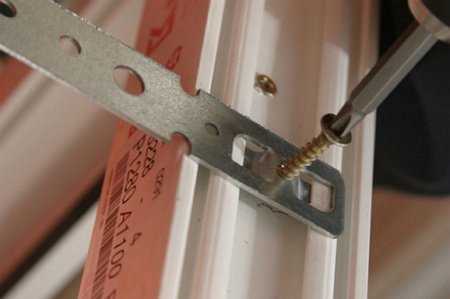
Dowels in a metal sleeve are used for concrete surfaces, solid and hollow bricks and aerated concrete. Being a compensator of thermal expansion, the dowels "work" on bending, shear and shear. The calculation of dowels is made depending on the loads, the geometric dimensions of the metal-plastic profile, the width of the technological gap and the material of the walls. In most cases, dowels with 10 mm diameter casings are used. Drilling of a hole for installation of a dowel is made in a frame and a wall. The diameter of the hole is 10.5 mm. In this case, the minimum allowable depth of anchoring in the base should be 50 mm, and the depth of drilling - 70 mm.
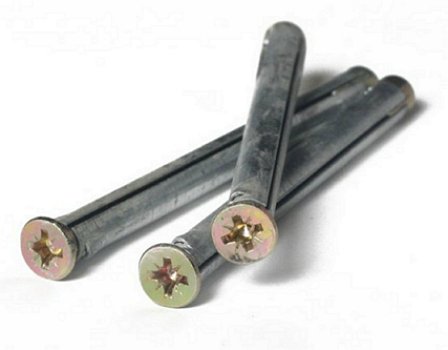
Plastic dowels with locking screws are used to fasten frames to brick walls, hollow blocks and other materials with low compressive strength.
Anchor plates are excellent fasteners that compensate for the resulting temperature shifts in the window frames. In this case, the anchor plate is fixed before the frame is installed in the opening. The connection to the structure is carried out by means of mounting protrusions on the frame. Then it is fixed by self-tapping screws with a length of at least 25 mm.
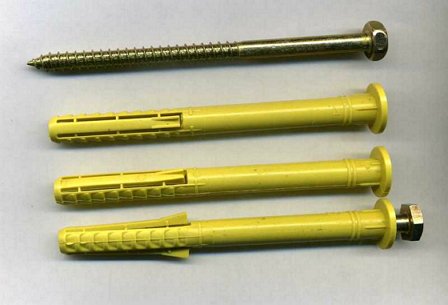
The final positioning of the structure of the frame is completed by fastening the anchor plates to the wall using dowels. Moreover, the plate is fastened at two points. Features of the construction of the anchor plate do not require additional drilling of technological holes. This ultimately prevents moisture from entering the frame. Anchor plates are indispensable for attaching frames to walls with internal insulation, so they are a priority type of fasteners.
